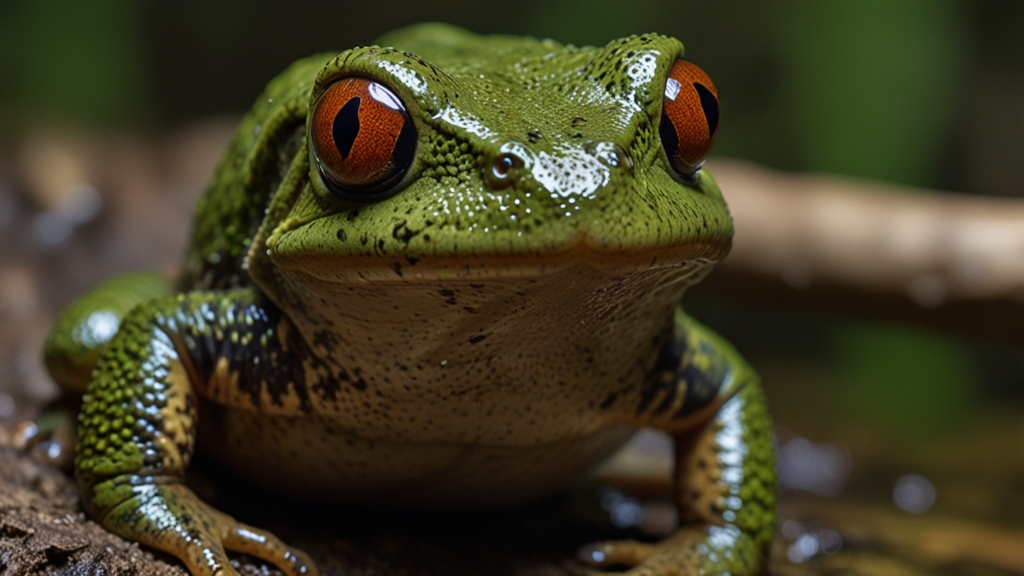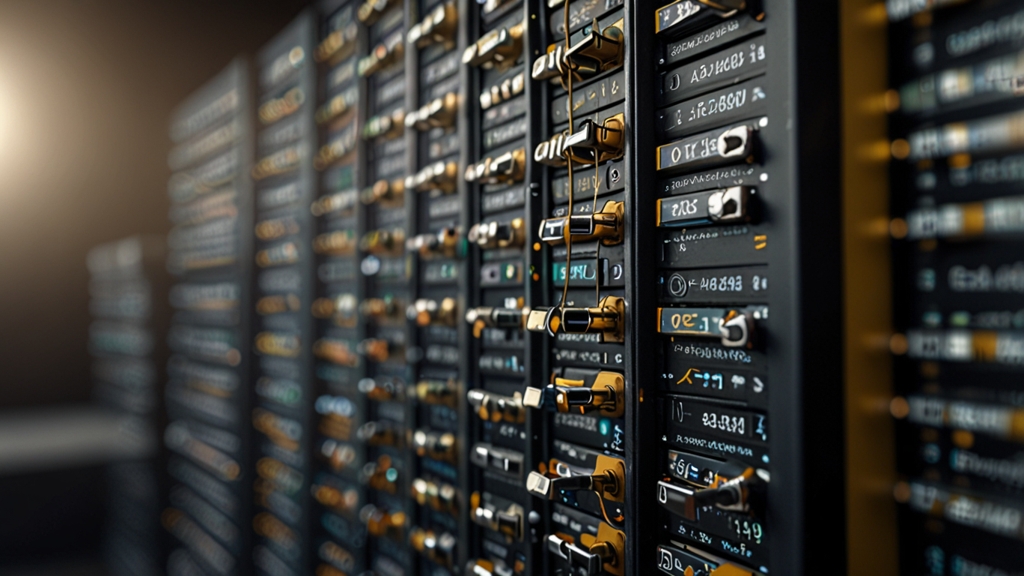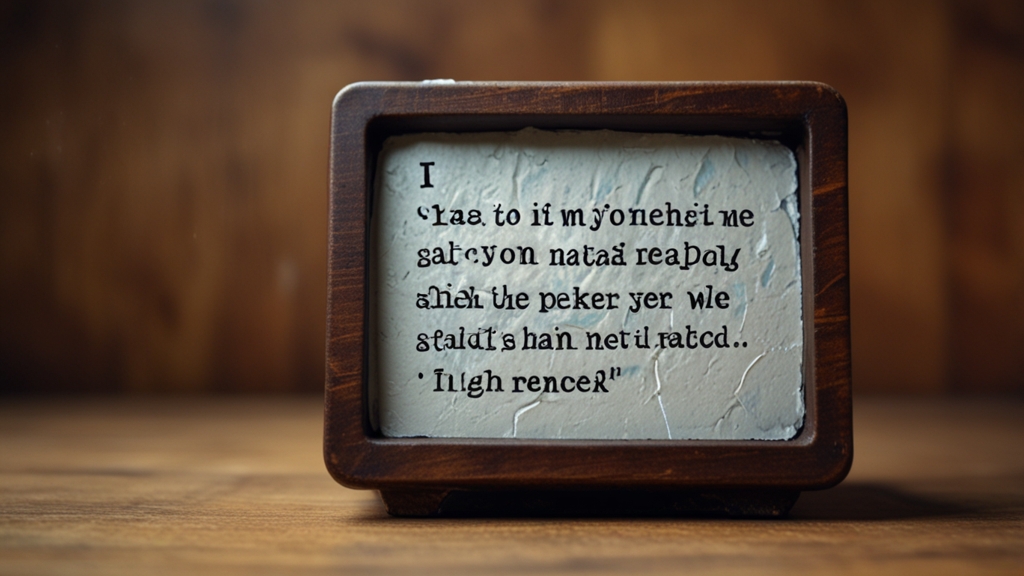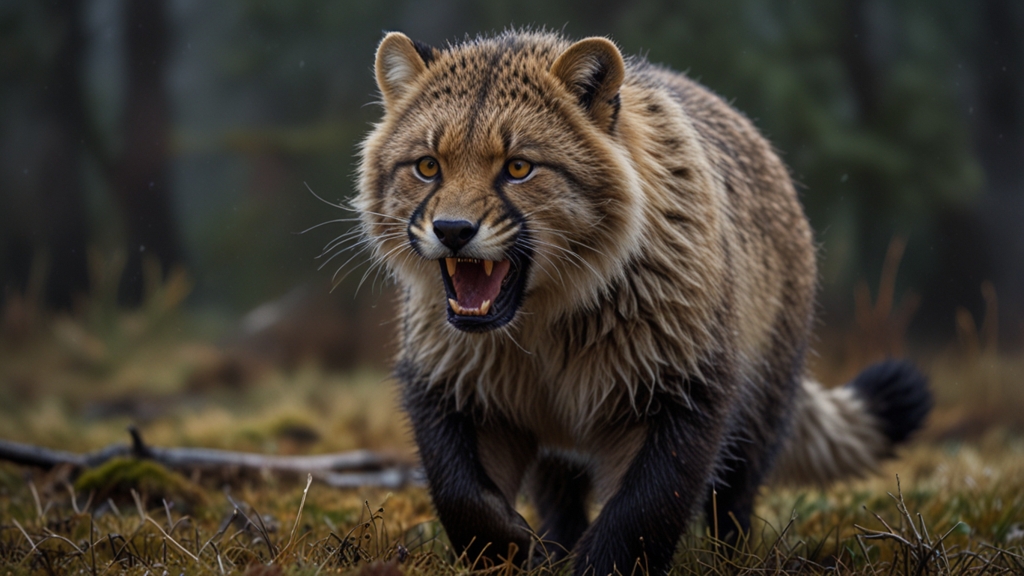Wildlife Photography That Will Leave You Speechless
Wildlife photography is a unique art form that requires immense patience, unparalleled skill, and an unwavering dedication to the natural world. Capturing the essence of untamed nature, these photographs often tell stories that words cannot begin to convey. Within the frame of a single image, the beauty, ferocity, and delicate balance of ecosystems are revealed, providing a window into worlds we rarely see. Here, we explore some aspects of wildlife photography that are sure to leave you speechless.
The Unparalleled Beauty of Natural Habitats
One of the most captivating aspects of wildlife photography is the sheer beauty of the natural habitats featured. From lush rainforests and expansive savannahs to frigid polar landscapes, the scenery itself can be breathtaking. These environments are not just backdrops; they are integral to the stories that these photographs tell. A photograph of a tiger emerging from dense jungle foliage or a polar bear navigating melting ice can convey the fragility and majesty of these ecosystems.
"The clearest way into the Universe is through a forest wilderness." — John Muir
Moments of Raw Emotion
Wildlife photography is also renowned for capturing moments of raw emotion and behavior in animals. The protective gaze of a mother elephant over her calf, a lion's triumphant roar, or the intricate dance of birds during mating season are all moments that can leave a lasting impression. These images go beyond mere documentation; they evoke empathy and a deeper connection to the creatures we share the planet with.
Consider the photograph of a lone penguin standing on the edge of an ice floe, seemingly contemplating the vast expanse of ocean before it. Such images can elicit a profound sense of solitude and the infinite possibilities of the natural world.
The Technological Mastery
Achieving such impactful images often requires cutting-edge equipment and a deep understanding of both technology and animal behavior. Modern wildlife photographers utilize everything from telephoto lenses and high-speed cameras to drones and underwater cameras. These tools allow them to capture intimate and unexpected moments without disturbing the subjects.
"Good photography is about depth of feeling, not depth of field." — Peter Adams
Conservation Through Photography
Beyond their aesthetic and emotional impact, wildlife photographs play a critical role in conservation efforts. By bringing the beauty and plight of wildlife to a broader audience, these images can inspire action and raise awareness about pressing environmental issues. The haunting image of a sea turtle ensnared in plastic waste or a deforested landscape devoid of life serves as a powerful call to action.
Many wildlife photographers actively collaborate with conservation organizations, using their work to support various causes. These partnerships amplify the message and mission behind the images, making photography a potent tool for change.
Conclusion
Wildlife photography is an extraordinary blend of art, science, and storytelling. It captivates us with its beauty, moves us with its emotional depth, and inspires us with its call for conservation. Through the lens of a skilled photographer, the natural world comes alive in ways that are both awe-inspiring and humbling. These breathtaking snapshots not only leave us speechless but also remind us of the incredible diversity and complexity of life on Earth.
"In the end, we will conserve only what we love; we will love only what we understand, and we will understand only what we are taught." — Baba Dioum
Whether you are an avid photographer, a nature enthusiast, or someone who simply appreciates the wonders of the world, wildlife photography has the power to resonate deeply, leaving you in awe of the natural beauty that surrounds us.












